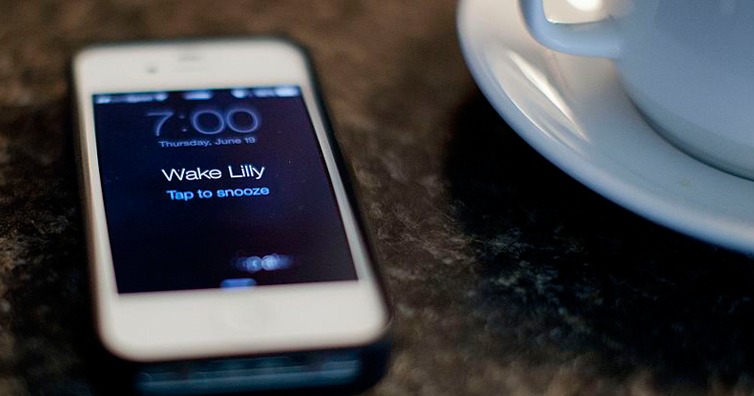We all love hitting that snooze button. I mean, who doesn’t love a bit more sleeping time. But what’s the deal with 9 minutes? Why not 5 or 10 for that matter?
Well, wonder no more because we have the answer and it all has to do with of paying homage to clock history.
Here’s how it goes. (the article continues after the ad)
Back in the 1950s when snoozing was discovered, the button was attached to the mechanical part that controlled minutes. Because this was added to the existing mix and the snooze’s teeth was meshing with the other gear’s teeth, engineers had to choose between 9-plus or 10-plus minutes since the configuration of the gear didn’t allow for a 10-minute snooze.
According to clock historians, engineers went on with the shorter, 9-minute snooze because it seemed more punctual than postponing our wake-up time for 10 minutes or more. As years went by, people became accustomed to this and therefore the 9-minute snoozing time became a standard.
Of course, later digital clocks don’t have these limitations but they inherited this 9-minute period both because the public was accustomed to it and as a way to pay homage to this important piece of clock history.
If you like what you read, then you will definitely love this one: This Is Why A Minute Has 60 Seconds And A Full Circle Is 360 Degrees
Photo: U.S. Department of Defense Current Photos / Flickr
Photoshop: I’m A Useless Info Junkie
Sources: This is why the iPhone’s snooze setting last 9 minutes | Why do snooze alarms go off every 9 minutes?

